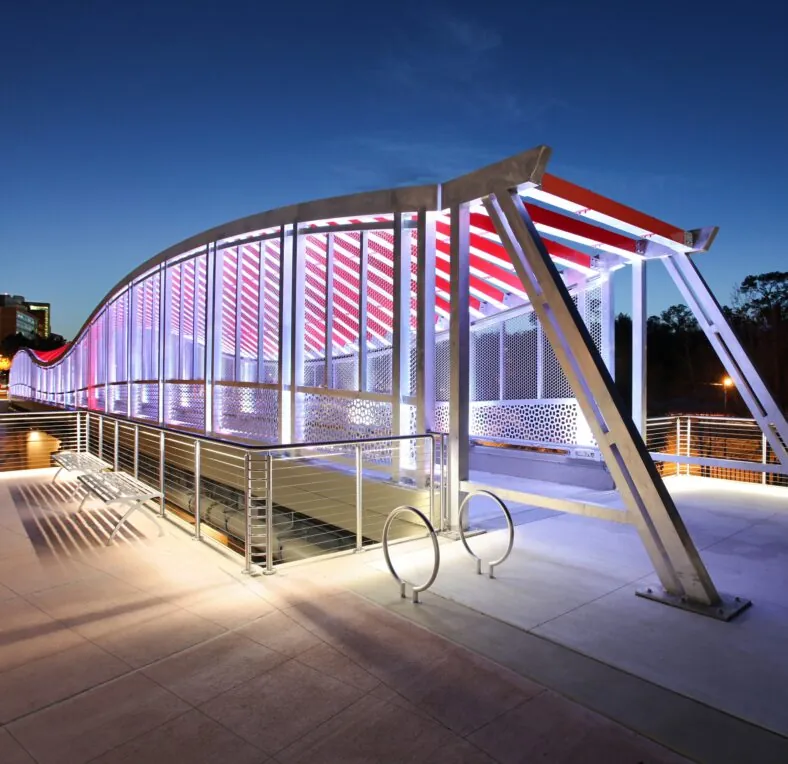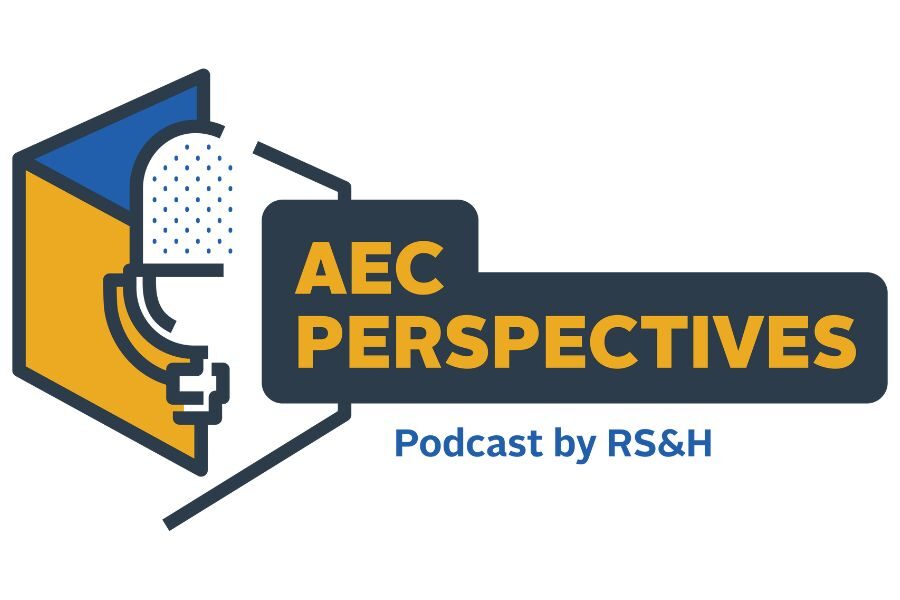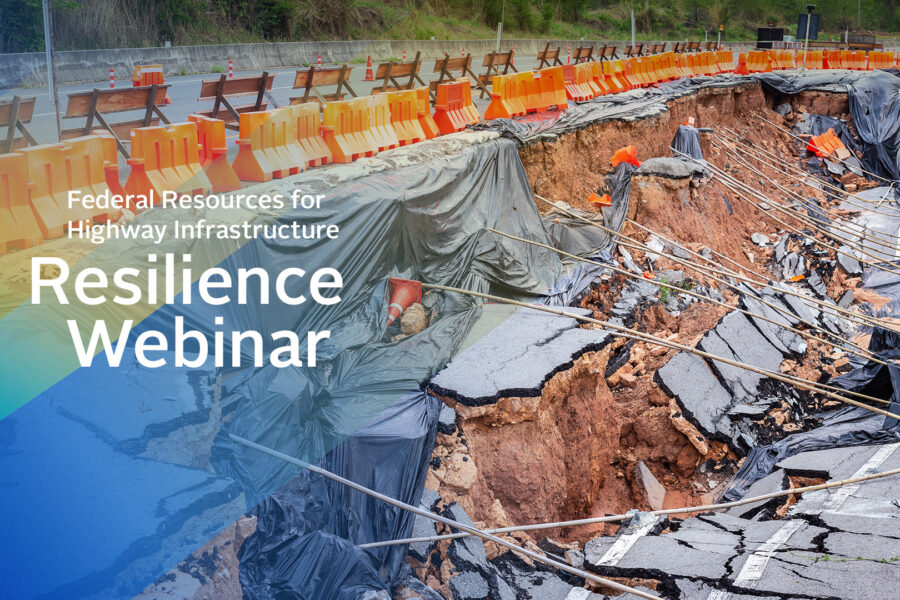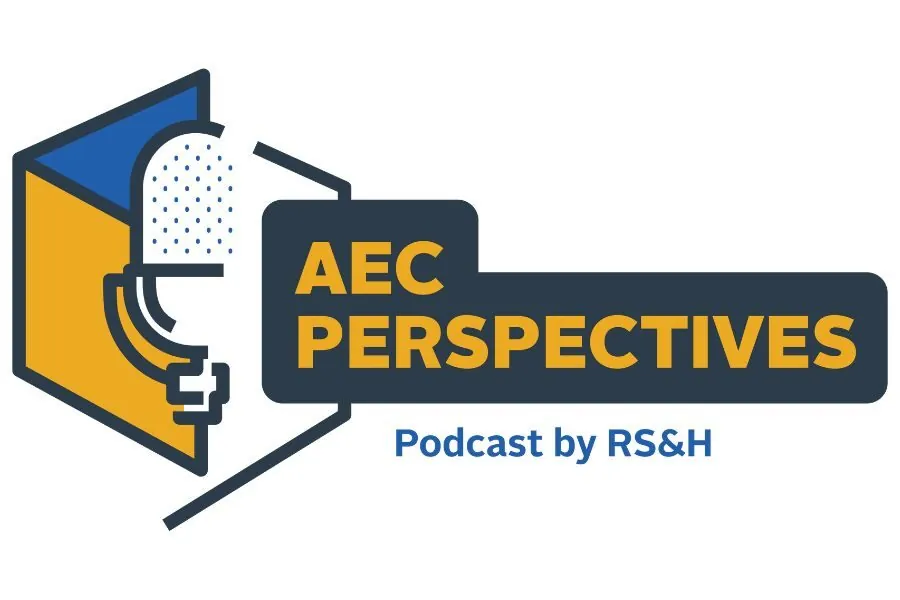Sustainability

Our Resilience & Sustainability Commitment
We are committed to relentless improvement internally; our projects, clients, and communities benefit from RS&H’s drive, and our commitment to resilience and sustainability ensures we are performing design excellence best practices to meet our goals and our client’s goals.





